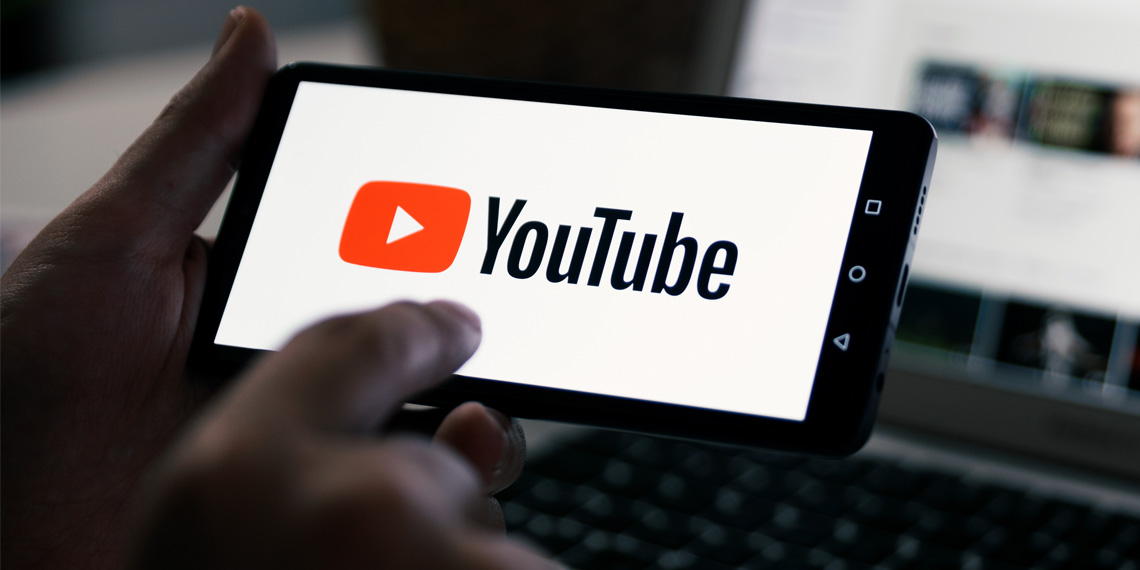A recent study published in Cureus has shed light on the varied nature of the reliability and reach of YouTube videos related to anorexia nervosa. While videos uploaded by doctors and healthcare organizations are generally seen as trustworthy, the study found that content created by news outlets and patients often garners higher engagement. This finding highlights the need for ensuring that accurate and reliable information is readily available on social media platforms like YouTube.
Anorexia nervosa is a serious eating disorder that involves an intense fear of gaining weight, a distorted body image, and self-imposed starvation. It predominantly affects females, but males can also suffer from the condition. The health consequences of anorexia nervosa are severe, including cardiovascular complications, menstrual irregularities, and other potentially life-threatening issues like electrolyte imbalances and organ damage. Despite its seriousness, many individuals turn to the internet, especially social media, for information on this disorder, often before consulting a healthcare professional.
As social media has grown in influence, platforms like YouTube have become a major source of health information for the general public. While this makes information more accessible, it also opens the door for the spread of misinformation or promotional content from commercial interests. In light of these risks, a group of researchers set out to evaluate the quality, authenticity, and reliability of anorexia-related content on YouTube.
Led by Ananthakrishnan Suresh from the Calicut Government Medical College, researchers from various medical institutions across India, Barbados, and Nepal conducted a cross-sectional study to evaluate the type, quality, and reliability of information about anorexia nervosa available on YouTube.
To conduct the study, the researchers performed a cross-sectional analysis of 59 YouTube videos, identified using keywords related to anorexia nervosa such as “Anorexia nervosa,” “Anorexia nervosa treatment,” and “Anorexia nervosa care plan.” They analyzed the content of each video and rated its quality using tools like the Global Quality Scale (GQS) and the DISCERN Instrument, both of which are designed to evaluate the quality and reliability of health information.
In total, the 59 videos had garnered more than 12.6 million views, with 256,602 likes, 5,644 dislikes, and 17,761 comments. Most of the videos—81.36%—focused on treatment options for anorexia nervosa, while 79.66% described the symptoms of the disorder. However, the reliability of these videos varied based on who uploaded them.
The study revealed that 42.4% of the videos were uploaded by unverified sources, such as individuals or groups without clear medical credentials. Only a small portion of the content came from doctors (18.6%) or healthcare organizations (11.9%). Videos from these two groups scored highly in terms of reliability and quality, with a median score of 4 out of 5 on the GQS scale. This suggests that content from healthcare professionals tends to be more reliable than other sources.
However, videos uploaded by news outlets (15.3%) and patients (11.9%) achieved significantly higher user engagement, as measured by the Video Power Index (VPI). VPI is a metric that combines factors such as the number of views, likes, dislikes, and comments to measure how much a video resonates with its audience. The VPI for videos uploaded by news channels was 314.06, while patient-uploaded videos had a VPI of 252.31. In comparison, videos uploaded by doctors had a much lower VPI of 3.69, and those from hospitals or healthcare organizations had a VPI of 13.21.
The findings point to an important dilemma: while videos created by healthcare professionals are generally more reliable, they do not always reach as wide an audience as videos from other sources. This raises concerns about the potential for misinformation to spread more quickly and widely than accurate medical content.
In their conclusion, the authors of the study emphasized the need for social media platforms to promote more content from qualified medical professionals. They stated, “information uploaded on social media needs to be verified by properly qualified people such as doctors and/or healthcare organizations. This information should be easy to understand, with a high discernment and [reliability and quality] enabling the general population to comprehend the medical condition. These videos should also contain information on how one can receive a diagnosis and treatment from a doctor rather than utilizing the knowledge to self-diagnose.”
The study’s authors also pointed out several limitations. One significant limitation was the exclusion of videos longer than 20 minutes, which means that some high-quality, in-depth videos may not have been included in the analysis. The study also did not account for geographic variations in the information presented in the videos, which could affect how viewers in different regions interpret the content. Additionally, the evaluation of video quality and reliability was somewhat subjective, as it relied on the judgment of the researchers using established grading tools.
Despite these limitations, the study provides important insights into the landscape of anorexia-related content on YouTube. It underscores the fact that, while many people turn to the platform for health information, not all of it is accurate or reliable. Given the popularity of videos from non-experts, there is a pressing need for better regulation and promotion of high-quality health information on social media.
The study, “Exploring YouTube Videos About Anorexia Nervosa on the Basis of Reliability, Popularity, and Contributions of Healthcare Professionals: A Cross-Sectional Study”, was authored by Ananthakrishnan Suresh, Lalitha Lalithya Pallempati, Palak Saxena, Ayesha Ansari, Radhika Bassi, and Ajita Bhandari.




